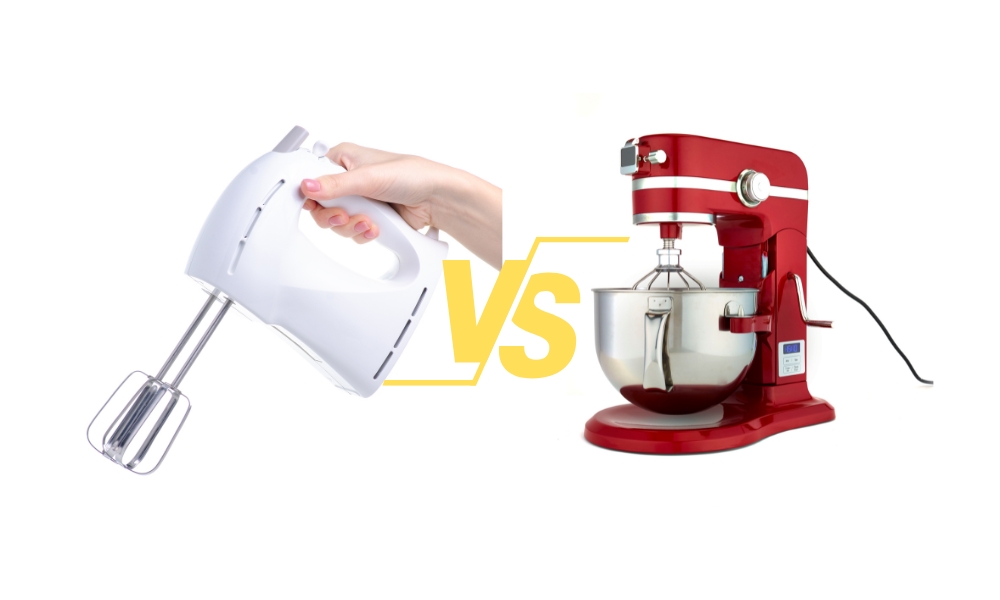Things to Consider While Buying a New LED TV Leave a comment
Buying a TV is a large investment, so be sure you’re putting your money into something that will last. There is a lot to think about when buying a television. There are several technologies, features, and functions to understand, as well as numerous acronyms to memorize. If you’re looking for a new television but are feeling a bit overwhelmed, we’ve put up a TV buying guide to help you make the right choice.
Display
The screen is the most important feature of any television. When it comes to panel technology and the screen, there is a lot to consider. LED TVs are the most widely used display technology in television sets. To provide a high-quality display, these TVs employ edge-lit or back-lit LEDs. LED TVs are slim and suitable for daytime watching, and they are also reasonably priced. New screen technologies such as OLED and QLED may be confusing for buyers. OLED TVs provide a larger colour spectrum, more brightness, and a better viewing experience, although they are often more expensive.
Size
The size of the television should be considered before you buy it. Ensure that your room can accommodate a minimum viewing distance of 9 feet. If you have a small room, then you may consider getting a smaller model. However, if you have a larger space, then you may like something bigger. A bigger screen means less strain on the eyes while watching videos and playing games. If you have kids, they would like to use the big screen for their favourite shows. You do not need to get the biggest television possible. You may consider buying one that suits all these requirements. There are many different sizes of televisions out there, and you just need to find one that fits your budget and space.
Resolution
The amount of pixels per inch (PPI) displayed on the screen is referred to as its resolution. A greater resolution indicates that the image is crisper. The majority of people favour high-resolution displays. However, some individuals like low-resolution images because they believe they are clearer.
Full HD was the standard type of TV for a long time and is still the most prevalent resolution in TVs sold worldwide. However, television makers are swiftly transitioning to Ultra HD sets which are also called 4K. These 4K versions feature four times the pixels of standard HDTV screens. Ultra HD video looks fantastic, and there is an increasing amount of stuff to appreciate.
Colour Accuracy
The colour reproduction of the television is referred to as colour accuracy. When purchasing a television, ensure that the colours appear realistic. If you want a television that seems realistic, you should look at the colour accuracy. HDR, which stands for High Dynamic Range, is a relatively new feature of 4K Ultra HD TVs. It refers to the capacity to display richer colours, higher contrast levels, and enhanced brightness.
Contrast Ratio
The contrast ratio is the difference between the brightest white and deepest black levels. High contrast ratios make images appear crisper and clearer. The low contrast ratio makes images look grainy and fuzzy.
Refresh Rate
The refresh rate of a television refers to how many times per second the screen is refreshed. Higher refresh rates imply more fluid movements.
The usual refresh rate is 60Hz, or 60 times per second. However, certain fast-moving images may seem fuzzy on TVs with a refresh rate of 60Hz. Choose a TV with a higher refresh rate since it will make the video look smoother and allow you to see more detail.
When moving objects seem fuzzy owing to sluggish frame rates, this is referred to as motion blur. Choose a television with a fast refresh rate to minimise motion blur.
Connectivity
Internet connectivity on a TV has multiple benefits. Look for a Smart TV, so that you can connect it to the internet and offer features such as live video streaming and smooth internet browsing. It has its own OS. Choosing a smart tv depends on your usage and the features offered at a given price point.
The majority of TVs you buy now will come with built-in Wi-Fi for connecting to Internet-based services like Netflix, downloading on-demand movies, playing games, or even posting to Facebook.
Speakers and sound
You need to make sure that the TV you buy has good speakers and a subwoofer. A lot of TVs have built-in speakers, but if they don’t have a subwoofer, then you won’t get the full experience out of them. If you’re looking at a flat-screen TV, you’ll want to make sure that it’s HD ready. That means that it supports 1080p resolution. If you’re looking for 4K, then you’ll need to check the specs on the back of the box.
It’s time to take the plunge!
While paying full price ensures the most up-to-date features and capabilities, many people are hesitant to purchase because they feel new televisions are too expensive. The fact is that televisions have never been better or more affordable. There are a few key times of the year when businesses are ready to cut their inventory. You may even look for great discounts over the festive seasons. Kannankandy Estore is an excellent option to Buy TV Online in Kerala. Visit Kannankandy Online Retail Store for a seamless shopping experience to get the best Home Appliances in Kerala!






